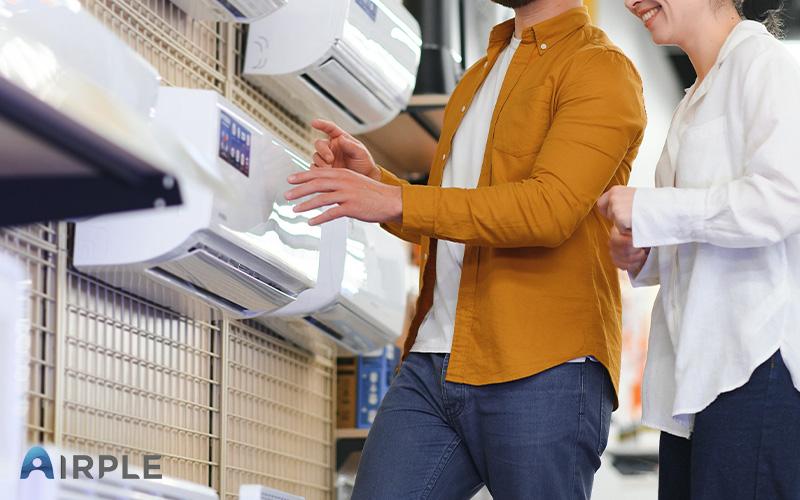
Air conditioning is the process where warm air and moisture is removed, and cool air is circulated in the space instead. While the cool air from an air conditioner is very rewarding, installing an air conditioner for the first time may present a challenge. In Singapore, air con installation is required to be performed by a certified technician. However, you need to check that your space is suitable for installing an air con device. In the case your home or office is not optimized for air con installation, some adjustments might need to be made to allow for an air con in the room. Here are some aspects to take care of when installing your first air conditioner.
1. Your room should be contained
As an air con device cools air and blows them out into the room, it would be inefficient if the cold air were constantly leaking out of the room. When the cold air is not kept in the room, the air con unit needs to work harder than necessary to keep the room at the desired temperature. As such, the room should be kept sealed to a large extent. To do this, ensure that all doors and windows are functioning and can be closed. If required, you may also consider insulating the surfaces of your room that are in contact with the external environment, for example, outside-facing walls and windows. Insulation can come in the form of insulation sheets or heavy curtains.
2. Check the requirements for installation of an indoor unit
As air conditioners are pretty hefty add-on structures, the structures need to be robust enough to hold the air con unit. Thus, air cons can only be installed on thick structural walls. For HDB flats, there should be no hacking of existing reinforced concrete structures for the installation of air con units. But not to worry if you live in a HDB flat, as you must engage a BCA-trained air con technician who will know just what to do.
On the other hand, window air cons can be installed without professional help. The most important thing to take note of for installing window air cons is the size of your window that will fit the air con.
3. Check prerequisites for outdoor installation
Air cons comprise an outdoor component as well, and installing these come with another set of regulations. According to HDB, these outdoor units should not be placed at the common corridors, and air con pipe joints should be well insulated to avoid dripping of water. Although the regulations for air con installation in private properties is less regulated, one should always ensure that public safety is taken into account during the installation and operations of the air con unit.
It is recommended that air conditioner outdoor units be placed in an area that will allow heat to be dissipated quickly, and away from heavy human traffic. This also means not placing it in direct sunlight. In addition, you should make sure that the unit is well-accessible for regular maintenance to be conducted.
4. Be prepared to engage regular maintenance
If you think installing the air con is the end of it, you couldn’t be more wrong. Air cons need regular maintenance and cleaning for them to function optimally. In Singapore, aircon maintenance services help you check for build up of dust and dirt, leaks, and malfunctions. In the case of excessive dirt buildup, they will also conduct cleaning services like an aircon chemical overhaul for your unit. Your air con problems do not only affect the efficiency of your air con, but could potentially cause problems that inconvenience your neighbours as well. For example, leaking pipes might cause water to seep through to your neighbour’s home. Thus, upon deciding to buy new air con units, you should also search for an aircon servicing package that suits your needs.
5. Check the electrical requirements for your unit
Air conditioners come in different sizes and power, which are suited for use in varying room sizes. Depending on your room size, the purpose of the room, and the number of people expected to frequent the room at any time, you will need to consider the right type of air conditioner for your needs.
There are various guidelines for the electrical aspect of air con installation as well. If your flat is an older model that is equipped with a 30 amps main switch, you need to check if you require an electrical permit to install air cons, and the maximum running current allowed.
Air con installation requires some preparation and research to ensure a seamless installation process. For the sake of being rewarded with cool air, these adjustments and considerations will be well worth it.
Sign up for our newsletter
Get the best content on user insights, design, and product management delivered to your inbox every week.
Share This Article

%253A%2BAircon%2BMould%253A%2BCauses%252C%2BPrevention%252C%2Band%2BCleaning%2BTips%2F01.jpg&w=3840&q=75)

